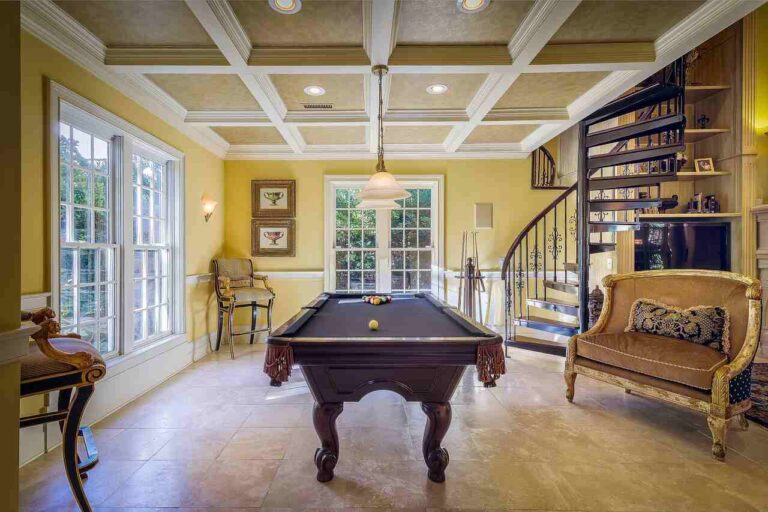Emerging as a transforming factor in modern design, sustainable architecture shapes our interactions with and building of our surroundings. Combining responsibility with creativity, this method stresses environmental harmony, occupant well-being, and resource economy. Fascinatingly, sustainable ideas have spread even into the field of luxury architecture, demonstrating that richness and environmental conscience can coexist. Sustainable architecture has changed the core of modern design by giving long-term advantages top priority over temporary gains.
The Ideas of Ecological Building
Fundamentally, sustainable architecture is about reducing building’s environmental impact while optimizing its use and aesthetic appeal. This calls for designs fit for the natural surroundings, energy-efficient technologies, and renewable materials. Many times, buildings are positioned to maximize natural light and ventilation, therefore lowering reliance on manmade resources. These ideas result into elegant designs combining eco-friendly methods with sophistication and creativity in luxury architecture.
Sustainable Materials for Construction
Low environmental impact materials are fundamental component of sustainable architecture. These cover low-carbon concrete, bamboo, recycled metal, and reclaimed wood. Such materials improve architectural designs’ originality in addition to helping to lower waste. Luxury builders have embraced these materials, sometimes creatively highlighting their inherent beauty. Using sustainable materials helps strike a balance between environmental responsibility and upscale design.
Energy Effect in Contemporary Architecture
A pillar of sustainable architecture, energy efficiency is also greatly important in determining contemporary buildings. Commonly included into designs to reduce energy use are solar panels, energy-efficient HVAC systems, and LED lighting. Smart house technologies improve energy efficiency in luxury design so that homeowners may easily monitor and regulate energy consumption. These developments show that sustainability and luxury may coexist and provide comfort as well as preservation.
Including Green Areas Into Cities
Lack of green areas in urban settings is common; these are essential for increasing the quality of the air and hence resident well-being. Using gardens, rooftop vegetation, and vertical landscaping into designs, sustainable architecture answers this problem. These qualities not only enhance areas but also help to lower urban heat and support biodiversity. Green areas are elevated to an art form in luxury building, perfectly complementing high-end designs and providing a peaceful haven from busy city life.
Conservation Strategies for Water
Still another important component of sustainable building is water conservation. Modern designs sometimes call for low-flow fixtures to cut water waste, greywater recycling, and rainwater collecting systems. Luxury architecture magnificently accentuates these efforts with creative ideas including modern water filtration systems and beautiful rainwater gardens. These steps improve property appeal and utility in addition to addressing environmental issues.
Technology’s Contribution to Sustainable Design
Technological developments have greatly affected sustainable design by allowing the creation of more intelligent and effective constructions. The discipline has been transformed by features including artificial intelligence-driven maintenance tools, automated building systems, and energy modeling software. Technology takes the stage in luxury architecture since it provides modern ideas that satisfy convenience and sustainability. This integration guarantees modern structures’ continued efficiency, adaptability, and future-proof nature.
Sustainability’s Social and Financial Advantages
Beyond only environmental concerns, sustainable architecture has social and financial advantages as well. While better indoor environment promote tenant well-being, energy-efficient buildings save utility expenses. Moreover, sustainable methods are appealing investment since they usually result in higher property value. Luxury architecture best illustrates this by designing aesthetically pleasing but also highly functional and sustainable environments that guarantee homeowners’ long-term happiness.
Sustainable architecture has transformed contemporary design by fusing aesthetic brilliance with environmental responsibility. It has shown how constructions may cohabit peacefully with the environment by means of creative materials, energy-efficient technologies, and green areas. Regarding luxury architecture, these ideas become even more important since they show that sustainability and elegance are not incompatible. Architects and designers that embrace these ideas are clearing the path for a more sustainable future that would help the earth as well as people.

